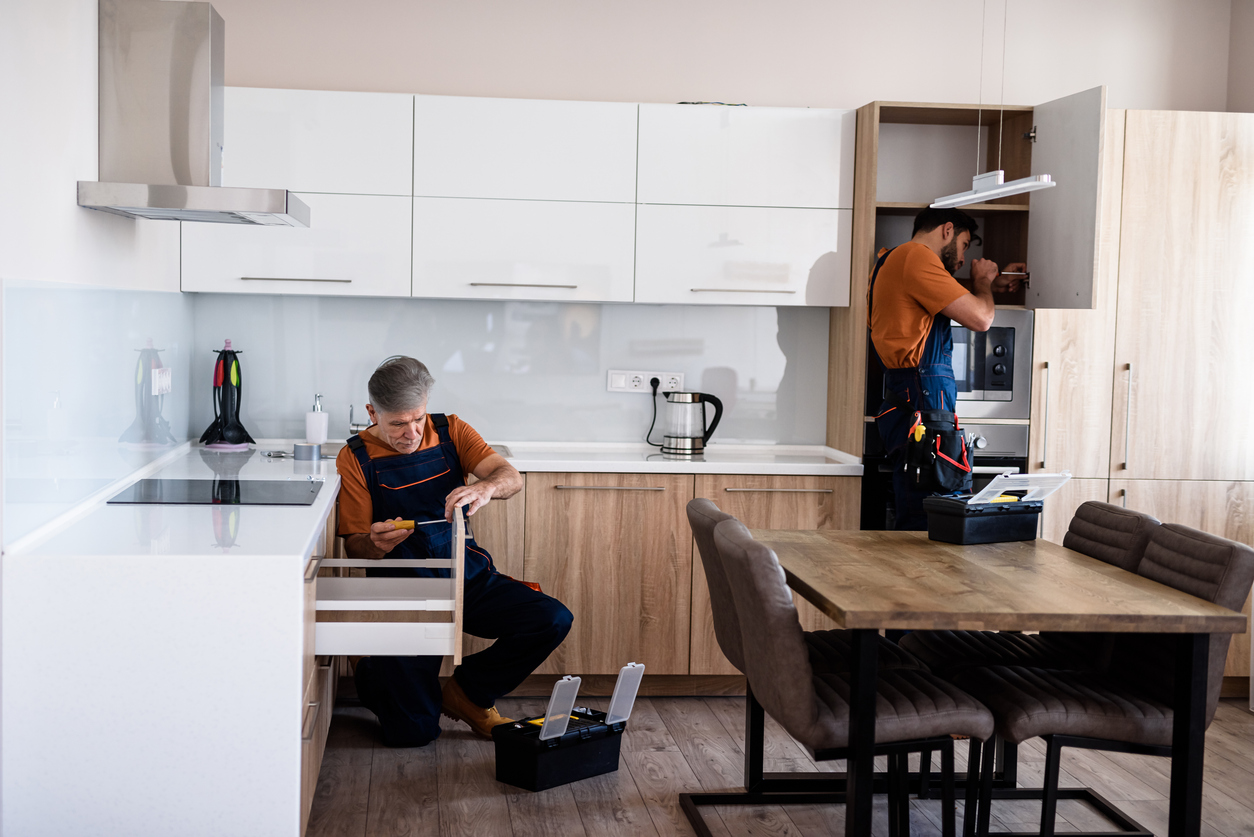



As young people transition into adulthood, the need for stable housing and support becomes essential. Semi-independent homes provide a crucial stepping stone for young adults who are not yet ready to live completely independently. These homes offer a supportive living environment where young people can build life skills, gain confidence, and prepare for the responsibilities of adulthood.
Semi-independent homes are living arrangements designed for young people, typically aged between 16 to 25, who need some level of support but are capable of living with a certain degree of independence. These homes are particularly beneficial for:
Safe and Secure Environment
Semi-independent homes provide a safe space where young people can live without constant supervision. Properties are usually staffed by trained support workers who are available to offer guidance when needed.
Tailored Support
Young residents receive personalized support plans to help them develop essential life skills. This can include budgeting, cooking, maintaining a household, job searching, and accessing further education or training.
Flexible Living Arrangements
These homes offer a balance between independence and support. Young people have their own private living spaces but also access communal areas and shared resources, allowing for social interaction while respecting personal space.
Access to Professional Guidance
Support workers assist residents with navigating challenges such as mental health issues, employment, education, and relationship building. The goal is to empower young people to become self-sufficient over time.
Semi-independent homes are designed to meet the needs of young people facing a range of challenges:
Care Leavers: Young adults leaving foster care often struggle with the sudden loss of structured support. Semi-independent living offers a gradual transition, allowing them to adjust to adult life while receiving essential guidance.
Youth Facing Homelessness: For those who have been made homeless or are at risk of becoming homeless, semi-independent homes offer a safe, stable environment with supportive services.
Young Adults with Mental Health Needs: For individuals with mental health challenges, these homes provide a stable environment with access to therapeutic support and resources.
Refugees and Asylum Seekers: Young refugees may require specialized support to adjust to life in a new country. Semi-independent homes provide a safe space while helping them navigate their new environment.
Promotes Independence
Semi-independent homes help young people develop the skills needed to live independently. This can include managing finances, finding employment, and handling household responsibilities.
Reduces the Risk of Homelessness
By providing stable housing, these homes prevent young people from falling into homelessness, reducing the associated risks of exploitation, substance abuse, and mental health issues.
Builds Confidence and Life Skills
Living semi-independently fosters a sense of responsibility and self-reliance. Young people gain practical skills that prepare them for adult life, such as budgeting, meal preparation, and time management.
Emotional and Mental Health Support
Having access to support workers and therapeutic resources helps young residents navigate the challenges of adulthood, reducing feelings of isolation and anxiety.
If you or someone you know could benefit from semi-independent housing, here’s how to get started:
Reach Out to Local Authorities
Semi-independent housing is often coordinated by local councils or social services. Contact your local council’s housing or social care department to inquire about available options.
Charities and Non-Profit Organizations
Organizations like Centrepoint, Barnardo’s, and St Mungo’s provide semi-independent housing and support services for young people.
Referral by Social Workers
For young people leaving foster care or children’s homes, social workers can provide referrals to semi-independent living programs.
Private and Supported Housing Providers
Some private organizations specialize in semi-independent living for young people, offering tailored support services. Fraser Bond works with various housing providers to connect young adults with the right living arrangements.
Fraser Bond partners with local councils, charities, and private landlords to provide semi-independent housing solutions for young people. Here’s how we can assist:
Who is eligible for semi-independent housing?
Typically, semi-independent housing is available for young people aged 16-25 who are transitioning out of care, facing homelessness, or need additional support to live independently.
Do residents pay rent in semi-independent homes?
Yes, but rent is often subsidized or covered by housing benefits, depending on the individual's circumstances and eligibility.
How long can someone stay in a semi-independent home?
The duration varies based on the resident's progress toward independence. Some programs offer flexible leases, while others have a fixed term, typically 6 months to 2 years.